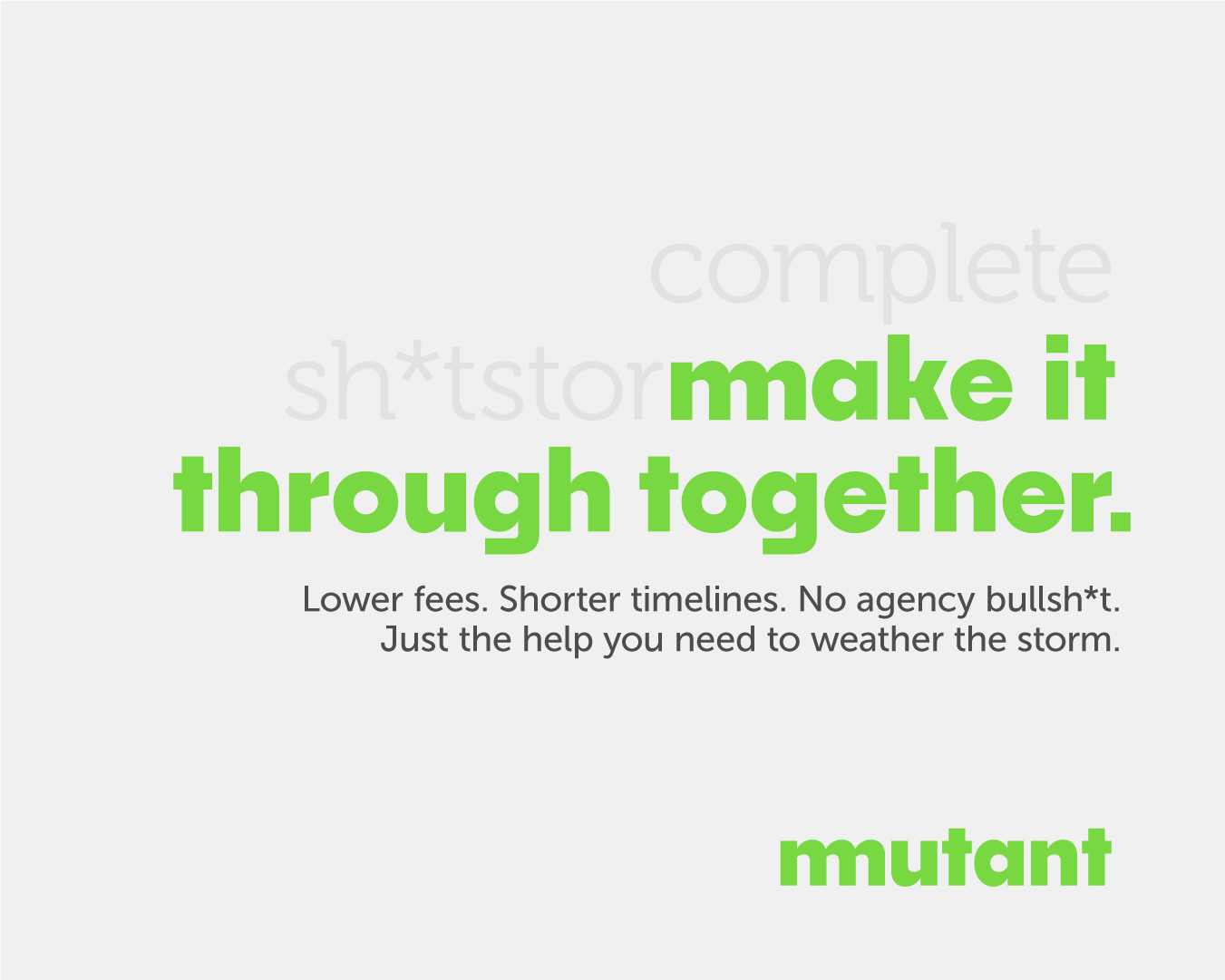When it comes to agencies, you don’t really associate them with Greek philosophers.
But if we’re going to ask the question that you came here for, then we’re going to go back a couple of millennia. To Plato’s Republic to be specific. He said:
“Well then, how will our state supply these needs? It will need a farmer, a builder, and a weaver, and also, I think, a shoemaker and one or two others to provide for our bodily needs. So that the minimum state would consist of four or five men….”
It’s a bit of a weird way of saying it, but what our mate Plato states here is the basic idea of division of labour. That economies work best when people do what they are good at, rather than trying to do everything.
So, when do you need an agency?
Well, as the farmer or weaver specialise in farming or weaving, the modern-day agency is a specialist in communications – whether it’s PR, creative, design, social, or whatever. If you can’t feasibly do something internally, for whatever reason, then it’s time to look at hiring an agency.
We know that this decision can be down to a few factors, so to make it easy, think about the SCOPE of what you’re wanting to do.
STANDARD: Could I do this job internally, and ensure it is of high quality?
The first and easiest question to ask yourself is whether you can actually do this job to the standard you need. Anyone can paint a picture, but to create a work of art you need a capable artist.
COST: If I could do this in-house, will it actually save me money?
This is biggest hurdle to hiring an agency. Fun fact: every employee costs money to a business (including you) so when it comes to doing a project or ongoing work, whether it’s an external agency bill, or an internal salary bill, your company will be paying for the work.
Assuming that you have the same capability internally as the agency, and you’re weighing it up just on cost, there’s a simple test you can do. Quantify your hours, figure out the real cost of your salary (and the opportunity cost of you not working on other things), and compare that to what the agency has quoted you.
EXTERNAL OPINION:
Everyone thinks their baby is the cutest, but as we know, it’s not always the case. Unlike a biased mother, when it comes to brand communications, you don’t want someone from inside the business to be the judge of how the brand is perceived externally. Having someone external work on your business is a great reality check and a good agency will be a great bullsh*t detector, taking the position of your audience when it comes to ideas and communication.
PRODUCTION:
This one is easy. Agencies are employed to not only come up with concepts, but actually execute them. Sometimes they can do this internally ( stuff like design, writing, etc), and sometimes (like in TV, photography, experiential) they employ production partners to do the job. This is a key element of an agency’s value.
They do all the sourcing, vetting, quality control, third party payments, and negotiations – an enormous, time-consuming task. As the client, all you have to do is agree to the overall timeline and the cost, and the agency should take care of the everyday minutia.
END RESULT:
One of the great advantages of employing an agency to do the job is that they are accountable. Because you’ve paid for the work and agreed to a scope, you should expect results. Being super clear on what you expect before the work starts is imperative, and will ensure you can see the real value of the agency and decide whether you want to use them again.
If after this process you’ve come to the decision that you need an agency, well, then you need to find a good one. Easier said than done, but lucky for you, we know a good one you might want to try. Talk to us at [email protected]

